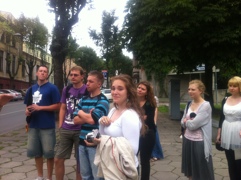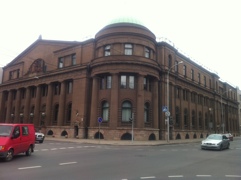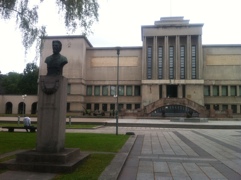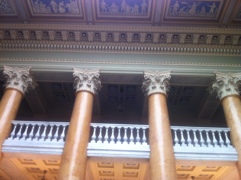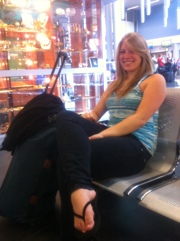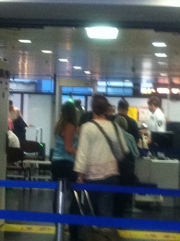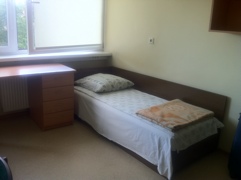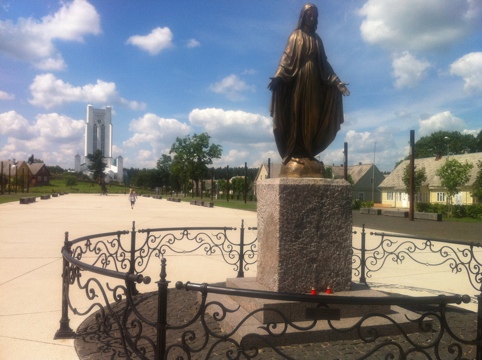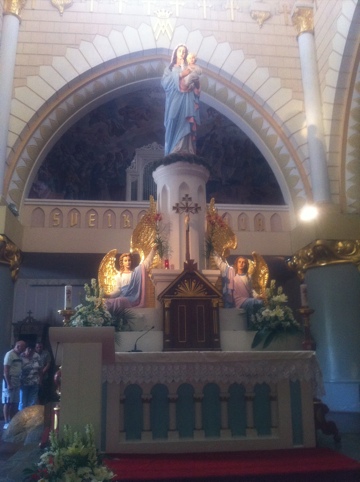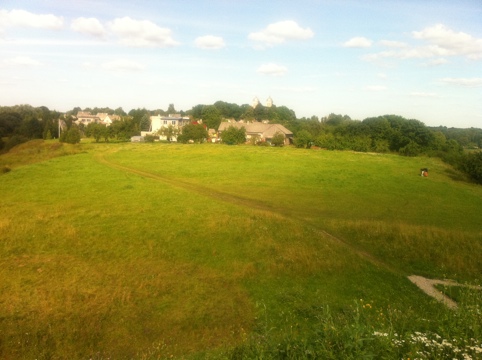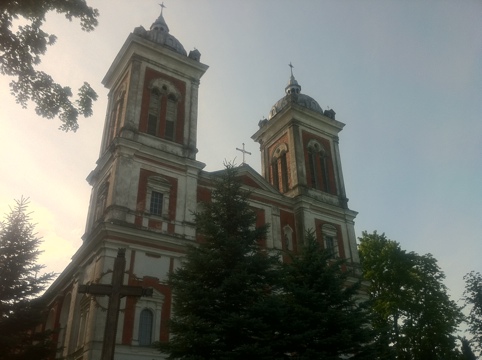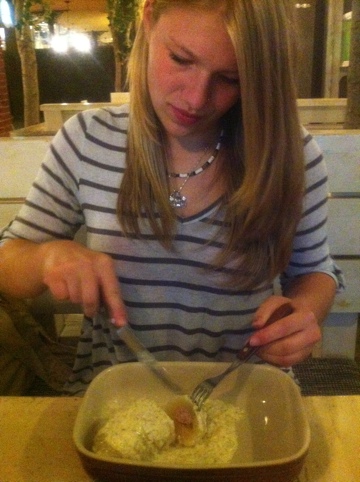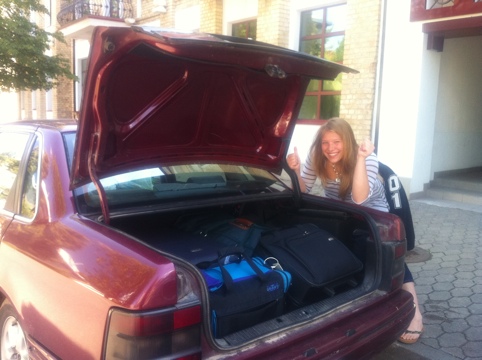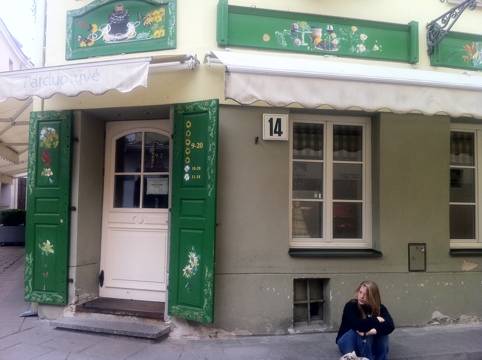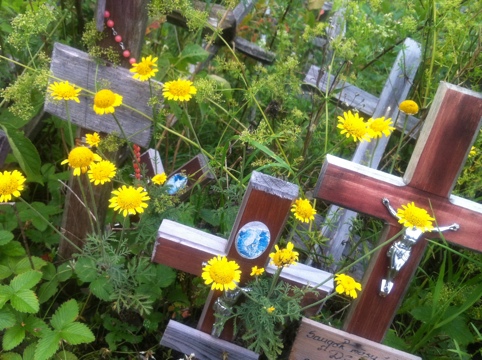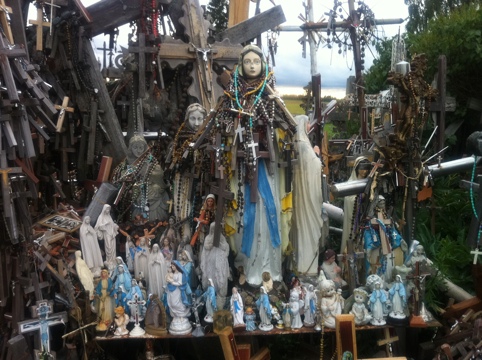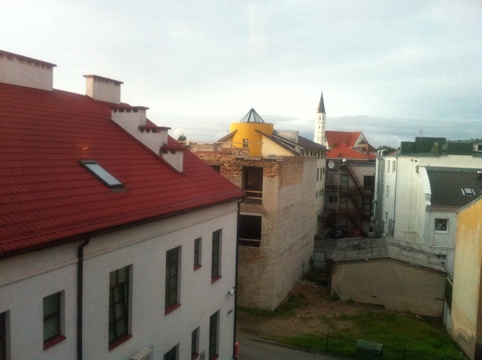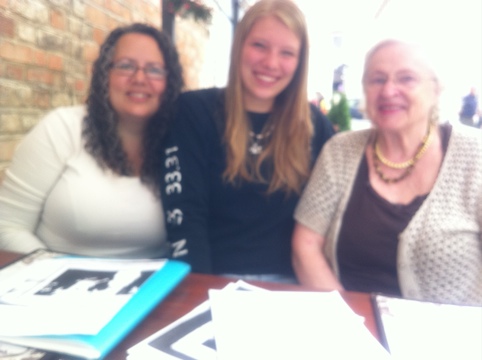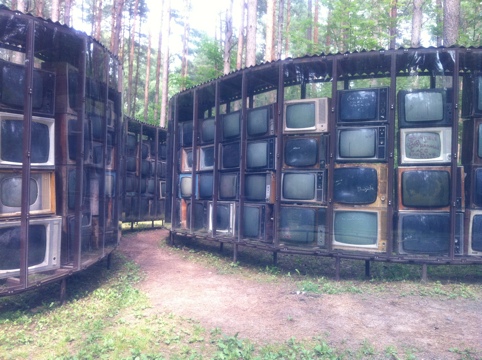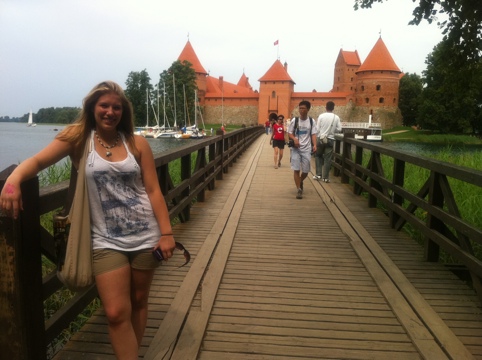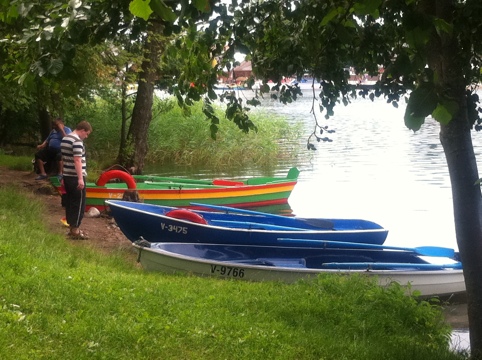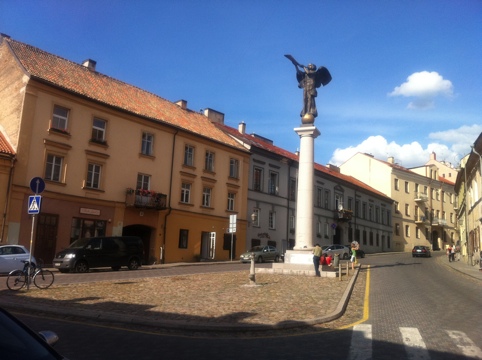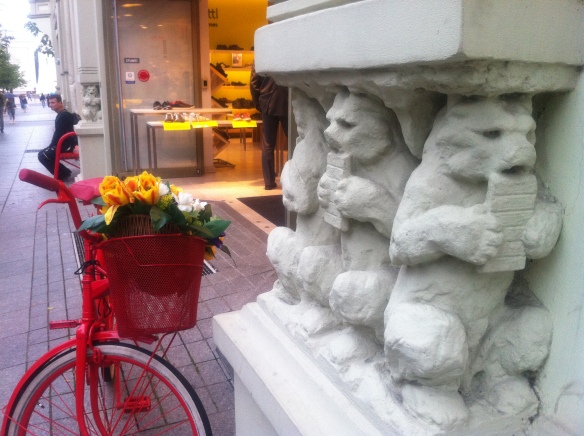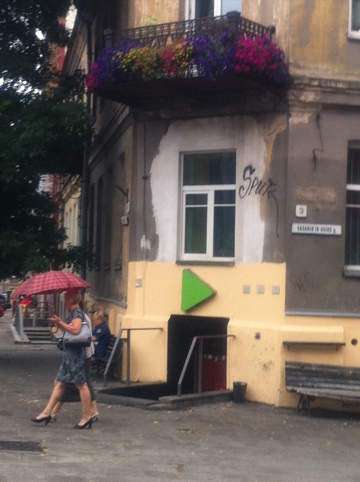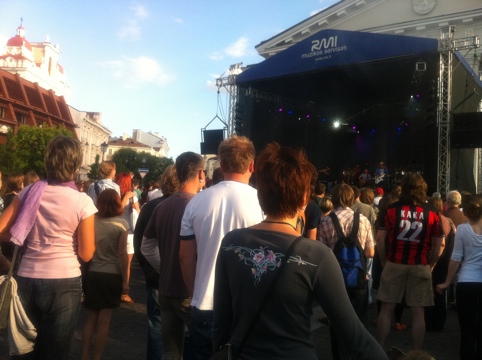July 19
Our first class lecture was on Lithuania during the inter-war period, from 1919 to 1941. I hadn’t known that Lithuania was at the smallest it had ever been at that point, because Vilnius was occupied by Poland and Germany had the port of Klaipeda. In its heyday, Lithuania was the largest European medieval state and its territory stretched from the Baltic Sea to the Black Sea.
Kaunas was Lithuania’s only large city in 1919. It was needed as the capital while Vilnius was under Polish control. Coming out from under Russian Tsarist control, the city was dirty and undeveloped. Farmers drove their herds through Laisvės alėja (Freedom Way). There was no plumbing. There were no suitable or modern public buildings. It had to get presidentiaI fast.
Building projects included the Presidential Palace, the Palace of the Bank of Lithuania, the Vytautas Magnus University War Museum and the funicular that travels up Žaliakalnis (Green Hill). But perhaps the most important symbol of the time was the Resurrection Church, an architecturally modern and unique structure sitting atop the that city. It symbolized the resurrection of all Lithuania and was intended to be built with only private funds, no state money. Fund raising began in 1922, and construction began in 1932. Unfortunately, WWII interrupted construction, and the Soviets made it a radio factory. It was only completed and consecrated in 2004. I have a booklet at home that was apparently used for fundraising in the 1920s and ’30s, showing that my grandparents contributed to the effort.
After more discussion about the political climate and international relations, we walked around the city to see some of the architecture and symbols of the era. During the walk, we were accompanied by a Lithuanian radio show host who was doing a story on the Refresh program I was in. She interviewed me for the piece, and if I can find it online, I’ll post a link, though it will all be in Lithuanian, except for anything that makes it from me. That, I’m sure, will be voiced over.
After the quickest lunch I’ve ever experienced in Lithuania (we went to a cafeteria-style restaurant), we all reconvened at the Presidential Palace, now a museum, for a tour. The tour ended with an interactive presentation on styles of the inter-war period, in which we had to compete by answering trivia questions in order to earn enough “money” to purchase appropriate fancy-dress clothing for a presidential ball. It was designed for schoolchildren, but it was a hoot, illustrated with clips from Fred Astaire movies and other period photos.
I skipped the evening program, which was a jazz concert, because I was tired and wanted to do laundry. I couldn’t locate the person who supposed had the laundry room key, so I went to Akropolis instead to Face Time with Elena and stock up on some food at Maxima because breakfast and dinner are on our own.
I didn’t have a fridge in my room, so I thought I’d put my stuff in the kitchen at the end of the hall. I should have checked them out beforehand because not only were they disgusting, they were obviously out of use, unplugged and musty. I ate my cold cabbage and cucumber salad (something I’ve got to start making at home because its so good) and had some cereal. I stored the rest of my milk in my neighbor’s fridge. I had also purchased some salad greens and herring, and thought they would last at least a day or two until I spoke to the dorm management to get a fridge in my room.
Next: personal connections

